Yamaha LL16 ARE
$739.99
Get ready to experience a rich, full-bodied tone with Yamaha’s LL16 ARE acoustic guitar, built with an all-solid rosewood body and enhanced with a unique sonic character.
Compare
Description
Yamaha LL16 ARE Acoustic Guitar: The Perfect Choice for Acoustic Guitar Lovers
Yamaha has been a respected name in the music industry for decades, known for producing quality instruments that are both affordable and durable. Their LL16 ARE acoustic guitar is no exception. This guitar is perfect for anyone who loves the sound of an acoustic guitar and wants a high-quality, versatile instrument that can be used for a range of playing styles.
The LL16 ARE guitar is part of Yamaha’s L Series, which is known for its superior craftsmanship, tone, and playability. The body of the guitar is made from solid Engelmann spruce, which is a top-quality wood that produces rich, warm tones. The back and sides of the guitar are made from solid rosewood, which not only looks beautiful but also adds to the guitar’s resonance and sustain.
One of the standout features of the LL16 ARE guitar is the Acoustic Resonance Enhancement (ARE) technology that Yamaha uses in the manufacturing process. This technology involves taking the wood through a special, heat-treatment process that mimics the aging process of wood. The result is a guitar that sounds like it has been played for years, with a mature, full-bodied sound that will only get better with time.
The LL16 ARE guitar is also very comfortable to play, thanks to its slim, tapered neck and smooth, rounded fretboard. The neck is made from mahogany, which is a strong and stable wood that can handle the stress of string tension. The guitar has a traditional Western body shape, which means it has a large lower bout and a smaller upper bout, giving it a classic look.
The LL16 ARE guitar also comes with high-quality features, such as a bone nut and saddle, die-cast tuners, and a built-in pickup system. The bone nut and saddle are known for producing a more natural tone than their plastic counterparts, while the die-cast tuners ensure that the guitar stays in tune for longer periods of time.
The pickup system on the LL16 ARE guitar is the SRT Zero Impact pickup, which allows the guitar to produce incredibly natural-sounding plugged-in tones. The pickup system is very simple to use, with just a volume and tone knob, and it allows the guitar to be amplified without compromising its acoustic sound.
Overall, the Yamaha LL16 ARE acoustic guitar is a fantastic option for anyone who loves acoustic guitars. It’s versatile, durable, and produces a beautiful, mature sound that will only get better with time. Whether you’re an experienced player or just starting out, the LL16 ARE guitar is definitely worth considering if you’re in the market for a high-quality, all-around acoustic guitar.
Yamaha LL16 ARE properties
| Product name |
LL16 ARE |
| Brand |
Yamaha |
| Type |
String Instruments |
| String Instruments |
Acoustic Guitar |
| String Type |
Steel |
| Built-in Microphone |
No |
| Cutaway |
No Cutaway |
| Size |
4/4 |
Frequently Asked Questions:
What is the difference between the Yamaha LL16 ARE and the standard LL16 model in terms of features and materials?
The Yamaha LL16 ARE and the standard LL16 are both part of the prestigious L Series lineup, which boasts of some of the finest acoustic guitars produced by Yamaha. The main difference between the two models lies in the tonewoods used and a few additional features.
Tonewoods:
The ARE stands for "All Rosewood" edition, which means that both the back and sides of the guitar are made from rosewood. In contrast, the standard LL16 uses mahogany for its back and sides. The top material remains the same - solid Sitka spruce for both models.
Additional Features:
Besides the difference in tonewoods, there are a few other notable differences between the two models. The Yamaha LL16 ARE comes with the following features:
- A more premium "High Gloss" finish compared to the standard LL16's semi-gloss finish.
- The use of a Tusq nut and saddle - these are made from a synthetic material that provides better tonal properties than traditional materials like bone or plastic.
- It has an upgraded bracing pattern in the form of A.R.E (Acoustic Resonance Enhancement) bracing, which enhances the overall sound and projection of the guitar.
In summary, while both models offer excellent playability and tone, the Yamaha LL16 ARE stands out with its all-rosewood construction, high gloss finish, Tusq nut/saddle, and enhanced A.R.E bracing system. This makes it a more premium option for those who desire an even richer sound and greater tonal complexity from their acoustic guitar.
What are the recommended maintenance practices for the Yamaha LL16 ARE acoustic guitar?
The recommended maintenance practices for a Yamaha LL16 ARE acoustic guitar include:
1. Regular Cleaning: Use a soft, dry cloth to gently wipe down the body and finish of the guitar after each playing session. This helps keep dirt and grime from accumulating on the instrument.
2. String Changes: It is recommended that you change your guitar strings every 3-6 months, depending on how often you play and the type of string material used. Regular string changes help maintain optimal tone quality and prevent rust from forming on the strings.
3. Humidity Control: Keeping your guitar in a stable environment with consistent humidity levels is crucial for its longevity. Avoid exposing your instrument to extreme temperatures or humidity fluctuations, as this can cause the wood to warp or crack over time. If you live in an area with high humidity, consider using a hygrometer and humidifier to maintain optimal conditions.
4. Professional Setup: It's important to have your guitar professionally set up every few years (or more frequently if needed). This involves adjusting the truss rod, nut, saddle, and bridge to ensure proper intonation, action, and overall playability of the instrument. A professional setup will help you get the most out of your Yamaha LL16 ARE acoustic guitar.
5. Regular Inspections: Inspect your guitar regularly for any signs of wear or damage, such as cracks in the finish, loose hardware, or fret wear. Addressing these issues promptly can prevent them from becoming more serious problems down the line.
6. Proper Storage: When storing your Yamaha LL16 ARE acoustic guitar, use a protective case or cover to shield it from dust and potential damage. Keep the instrument in a cool, dry place away from direct sunlight or extreme temperatures.
By following these recommended maintenance practices, you can ensure that your Yamaha LL16 ARE acoustic guitar remains in excellent condition for years to come.
How does the scalloped bracing design on the Yamaha LL16 ARE contribute to its exceptional projection and volume while maintaining a rich, balanced tone?
The scalloped bracing design on the Yamaha LL16 ARE guitar is a unique technique that involves cutting a pattern of small indentations into the bracing under the strings. This design helps to distribute the vibration of the strings more efficiently throughout the body of the guitar, resulting in exceptional projection and volume. At the same time, the scalloped bracing also contributes to the guitar's rich, balanced tone by allowing the top to resonate more freely. This results in a fuller, more complex sound with enhanced clarity and depth. The combination of these factors makes the Yamaha LL16 ARE an ideal choice for both fingerstyle and strumming techniques, providing exceptional volume, projection, and tonal balance.
What distinguishes the tonal characteristics of a Yamaha LL16 ARE acoustic guitar compared to other models in the LL series?
The Yamaha LL16 ARE acoustic guitar sets itself apart from other models in the LL series with its unique tonal characteristics. While all LL guitars are known for their balanced and articulate sound, the LL16 ARE features a select pressure-tested solid Sitka spruce top and rosewood back and sides, resulting in a richer and more complex tone with enhanced projection and sustain. Additionally, the guitar's scalloped X-bracing adds to its vibrant and dynamic sound, making it an excellent choice for both fingerstyle and strumming techniques. Overall, the tonal characteristics of the LL16 ARE make it a standout instrument in the LL series that offers exceptional sound quality and versatility for players of all levels.
Before you buy Yamaha LL16 ARE
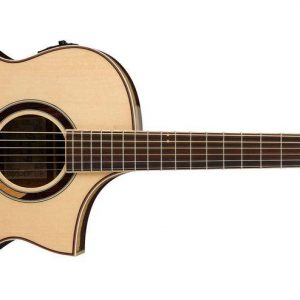 Ibanez AEW51
Ibanez AEW51 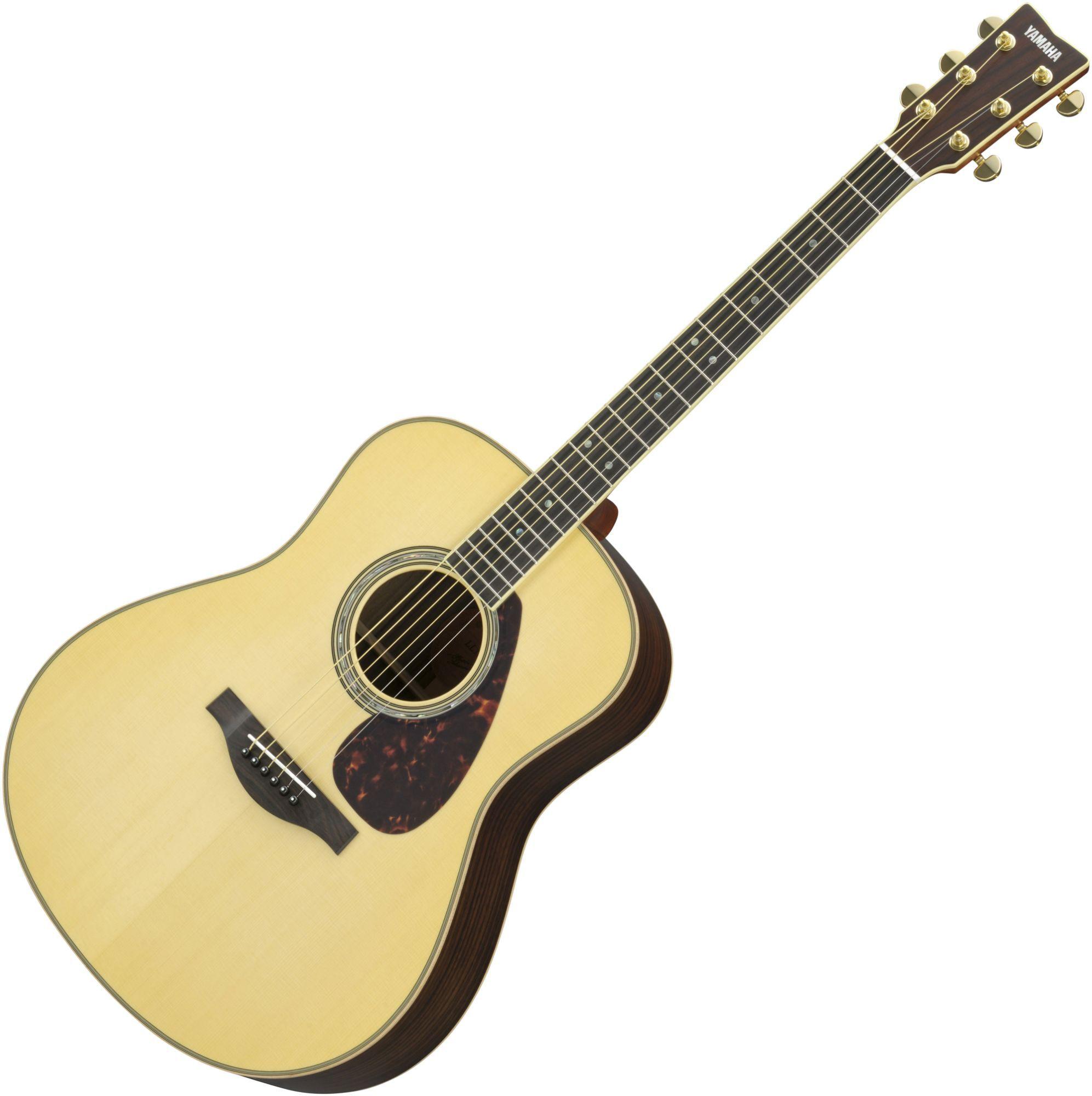

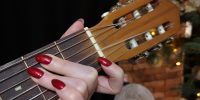

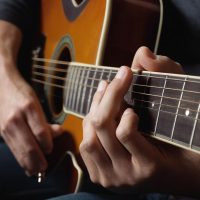

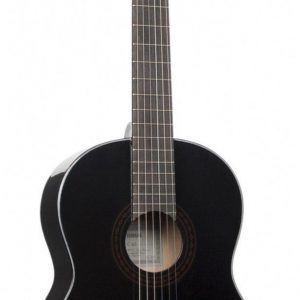
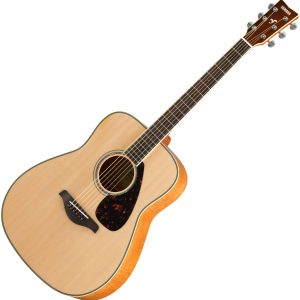


Burn –
Classical guitar with great sound, price adequate to quality, good guitar for beginners, it is good to start with a classical guitar because your fingers will not hurt so much and therefore you will not be discouraged. Yamaha guitar will serve for many years, great guitar for learning and playing around the fire. I heartily recommend it !!